| Premium midsize car; Built in Germany, Canada |
|
|
| Good condition price range: $10,000 – $28,200* |
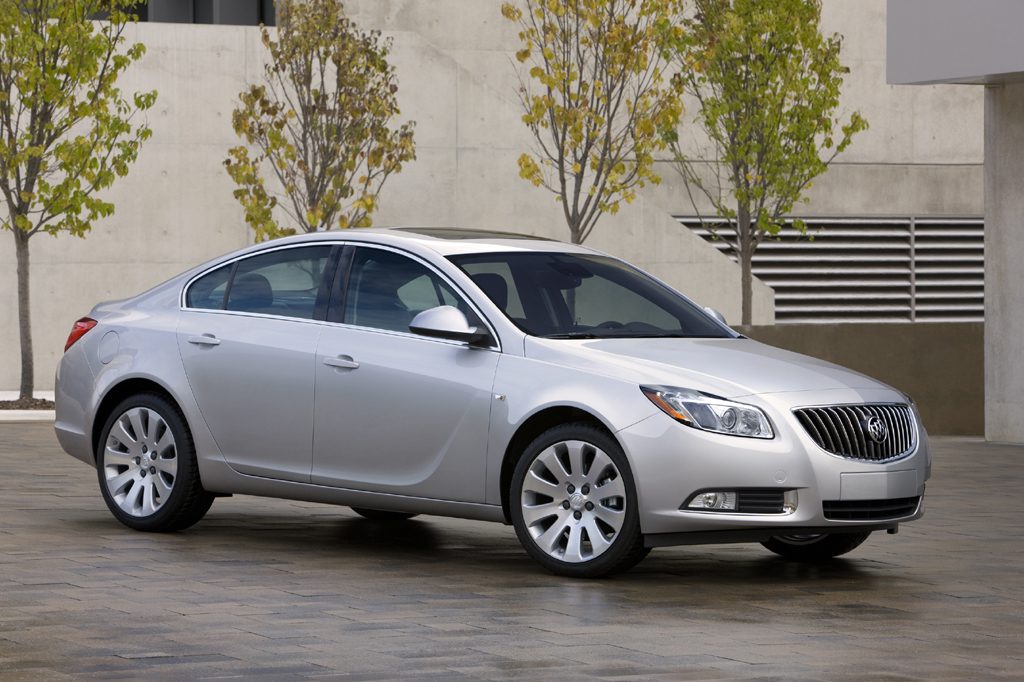
2011 Buick Regal Front
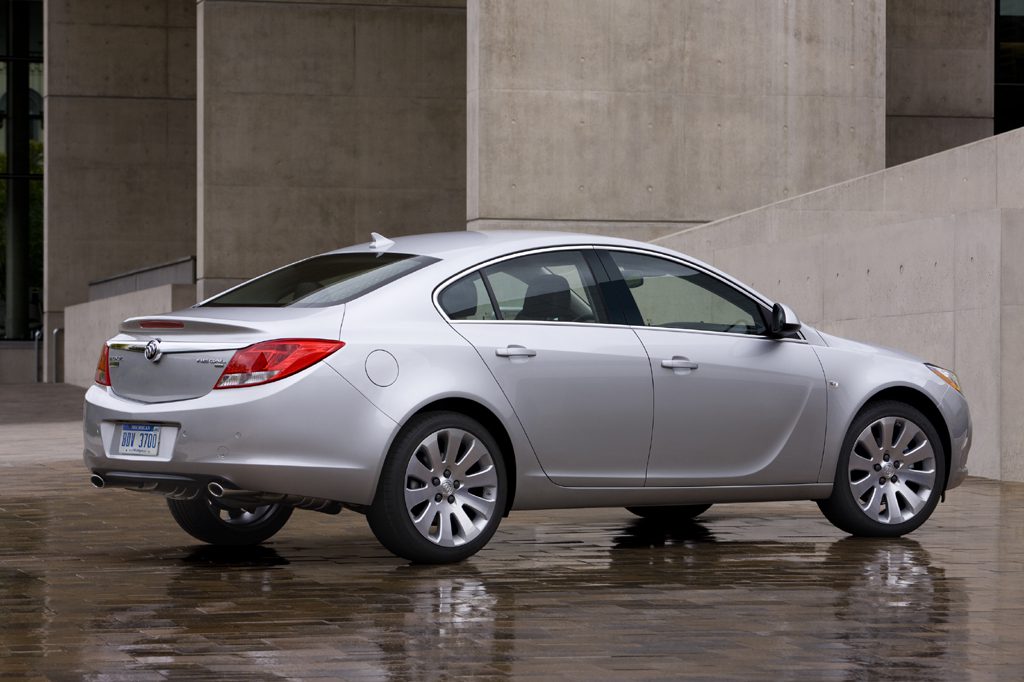
2011 Buick Regal Rear
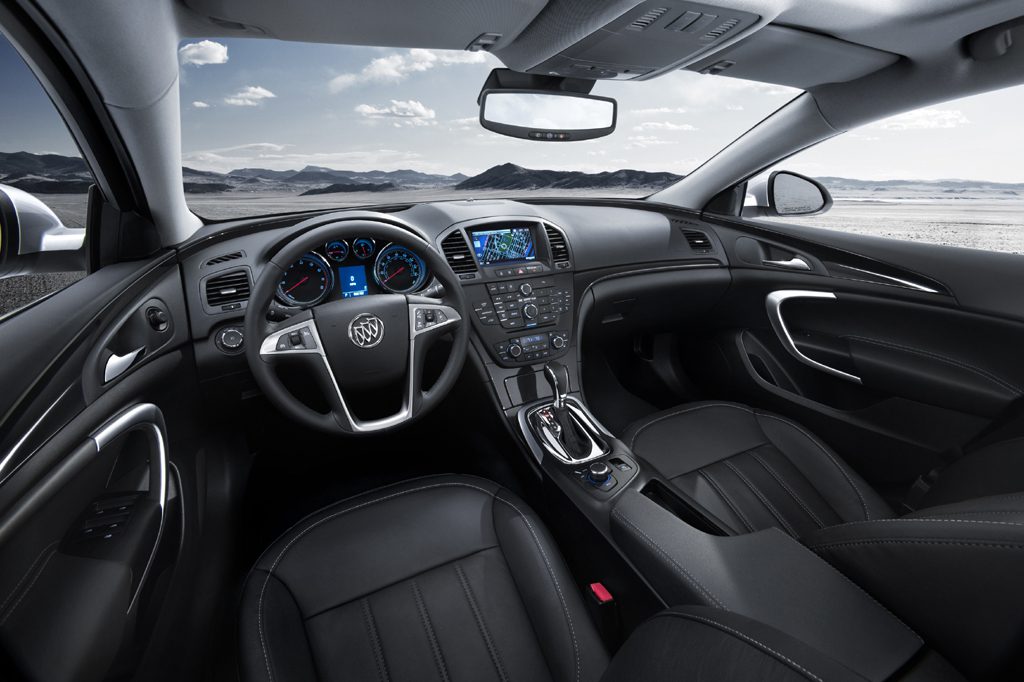
2011 Buick Regal Interior
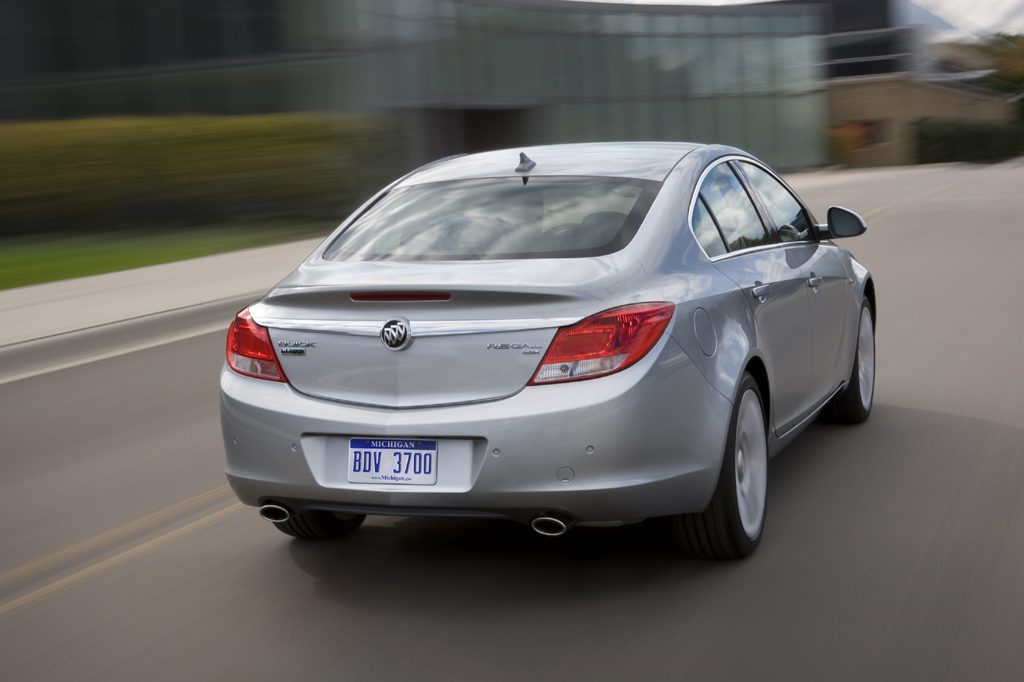
2011 Buick Regal Rear-2
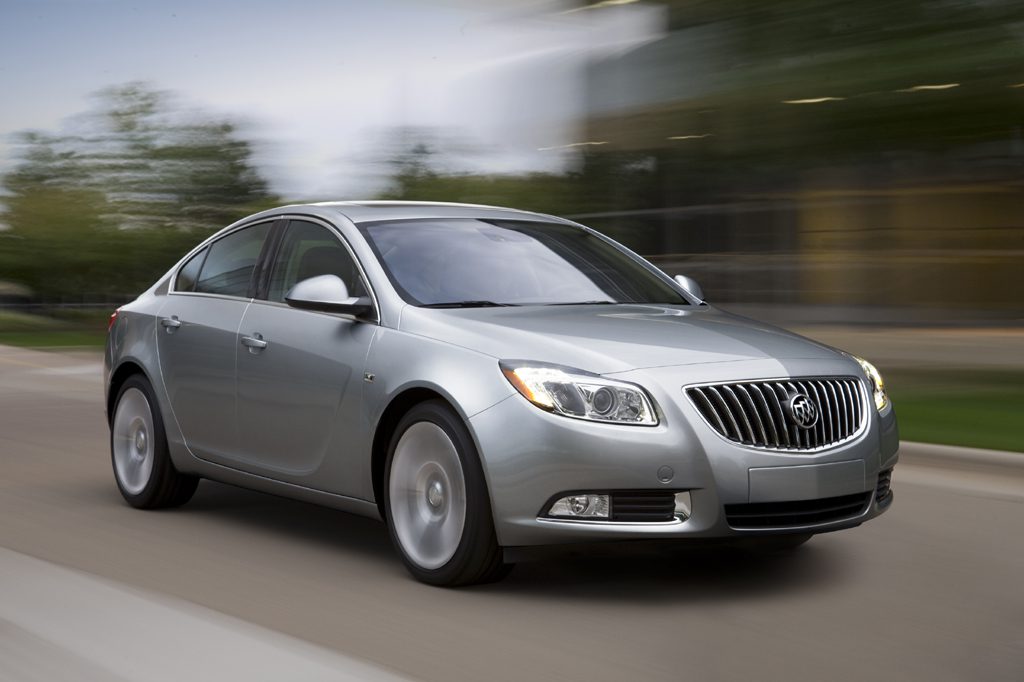
2011 Buick Regal Front-2

2011 Buick Regal Front-3
| Pros: |
|
| Cons: |
|
The revived Regal sports a much more Euro-centric flavor than any previous Buick. While its unexpected new persona might be unsettling to some shoppers, Regal earns our praise for its surprisingly nimble, athletic road manners, while maintaining the generally upscale aura expected of the Buick brand. Choosing the optional turbo engine tacks on a significant price premium, but brings welcome “go” in place of the base engine’s middling acceleration. We recommend pairing the turbo with the slick manual transmission, which adds a new dimension of sportiness you would not typically associate with Buick. Sportier still is the GS, which delivers excellent handling with little sacrifice in ride quality, quietness, or overall refinement.
Overview
Introduction of the 2011 Buick Regal marked the return of a midsize sedan and the Regal nameplate to this General Motors division’s lineup. Buick had last offered a Regal in the United States in 2004. The revived version shared its basic design with the European-market Opel Insignia. Initially, Regals were offered in a single CXL trim level. The standard engine was a 182-horsepower, 2.4-liter four-cylinder. A 220-horsepower turbocharged 2.0-liter four-cylinder engine was available, and versions so equipped were priced as separate models. The turbo engine could run on gasoline and/or E85 ethanol-blended fuel. A six-speed automatic transmission was standard with both engines at first; though a six-speed manual for turbocharged models arrived later in the model year.
Standard safety features include all-disc antilock braking, traction control, antiskid system, curtain side airbags, and front side airbags. Rear side airbags were available. All models had standard 18-inch wheels, leather upholstery, heated front seats, and an eight-way power driver’s seat. An “Interactive Drive Control System” adjustable suspension was available on models equipped with the turbocharged engine. A navigation system with a hard drive for storing digital-music files was optional. With its Regal, Buick competed against the Honda Accord, Mazda 6, Toyota Camry, Ford Fusion, Hyundai Sonata, and Suzuki Kizashi. Midsize choices also included the Kia Optima and Chrysler 200.
Yearly Updates
| 2012 Regal Changes were considerable for the 2012 Buick Regal, including new trim-level designations and a newly optional hybrid (gas/electric) drivetrain. Buick phased out CXL nomenclature and expanded the selection, so the 2012 lineup included six models: Base, Premium 1, Premium 2, Turbo Premium 1, Turbo Premium 2, Turbo Premium 3, and a new high-performance GS edition. GS models held a 270-horsepower, turbocharged 2.0-liter four-cylinder engine, driving a six-speed manual or six-speed automatic transmission. The new “eAssist” option added a 15-horsepower electric motor to the base engine, allowing the car to idle without the gas engine running, then restart when the driver released the brake pedal. But an “eAssist” Regal could not run on electric power alone. Visually, “signature” Buick portholes were added to Regal hoods. Also, production shifted from Germany to Canada. |
| 2013 Regal The big news for 2013 was that the standard 4-cylinder engine was history. In its stead was the previously optional “eAssist” system, which paired a battery-powered electric motor to a gasoline engine, this provided a few extra horsepower and a substantial boost in projected fuel economy. From a feature standpoint, all versions gained Buick’s IntelliLink infotainment system. |
| 2014 Regal For 2014 the two turbocharged 2.0-liter engines with horsepower ratings of 220 and 270 were replaced by one turbocharged 2.0-liter rated at 259 horsepower. All-wheel drive was newly available with the turbocharged engine. |
